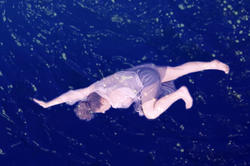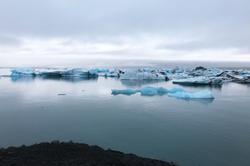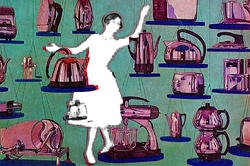Students in a fall Architecture studio called Your Ocean, My Ocean present a powerful performance piece and inspiring call to action.
Architecting the Infinite
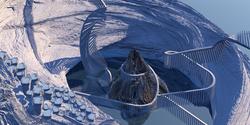
In Designing the Cosmos, an intriguing Wintersession studio in Architecture, a mix of undergraduate and graduate students in various disciplines were presented with a challenge as grand as the course title suggests. Over the span of five weeks, they were each asked to both imagine a new universe and—from interstellar space to an urban area on a single planet—design it.
Jesús Melendez Vazquez MArch 19 and Corey Weiss MArch 19, the two graduate students who conceived of and taught the studio, point out that the premise isn’t as much a departure from the practicalities of architectural practice on earth as it might seem. Rather, what Designing the Cosmos offered was an opportunity to learn the essence of architecture: not to design according to the rules of what is, but to craft new sets of rules and, using creativity and rigor, explore the possibilities of what can be.
“[At RISD] you can develop your own design philosophy and communicate it in your own way.”
“Architects are always designing our own metaphorical universes,” says Weiss, who has relished pushing an interest in urban design to far conceptual reaches. “But what if we were to do that representationally? How would an architect go about designing a literal universe?”
The two grad students see this question as a way to make a fundamental part of the architectural process—the precedent study—a more liberating exercise than simply responding to what’s familiar.

“We thought it would be very interesting to take the entire cosmos as a precedent for design,” says Melendez Vazquez, who also focuses on extreme-scale architecture in his own research. So he and Weiss gave students a rhetorical framework for universe-building: What is your Big Bang? Is your universe governed by the same physical laws as ours? What impact would these rules have on built environments and the cultural sphere?
Or, as Nathalie d’Hennezel MArch 20 asked through one project, what happens when you “reject the [planetary] sphere” altogether? How does a designer draw terrain without a horizon line? For the first-year grad student, the need to determine her own set of rules pushed her to work with unfamiliar media and develop a personalized framework for representing architectural forms—skills she plans to apply to more familiar modes of practice.
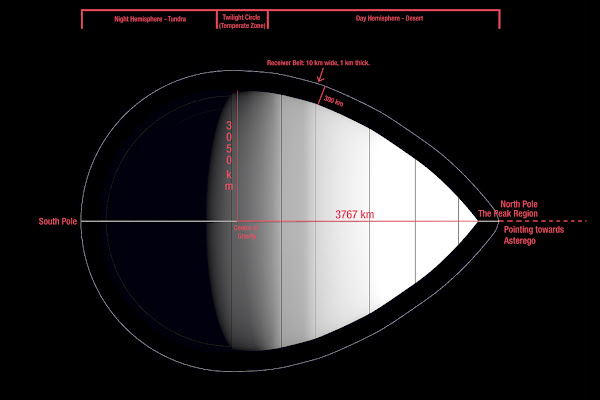
Likewise, Experimental & Foundation Studies student Eric Wu 22 EFS notes how strongly this process relates to that of product design, a field in which makers also begin “with vague, broad parameters and then [progressively] refine.” Melendez Vazquez and Weiss believe that it’s critical for students to make these connections and learn to use the fundamental tools of their field, regardless of discipline. “The idea that students from any major could take this class was awesome to us,” they add, “because we were able to teach architecture at an introductory level that we think any artist or designer could benefit from.”
“We have a unique culture at RISD. Everyone starts working right away and really communicates with one another about the work.”
Although they hadn’t collaborated before this, Melendez Vazquez and Weiss agree that the freedom to propose and teach a high-concept course like Designing the Cosmos is part of what sets RISD’s Architecture programs apart. “There really aren’t opportunities to teach a class like this at other schools, where there isn’t the same openness to thinking outside the norm,” says Weiss. “But here you can develop your own design philosophy and communicate it in your own way.”
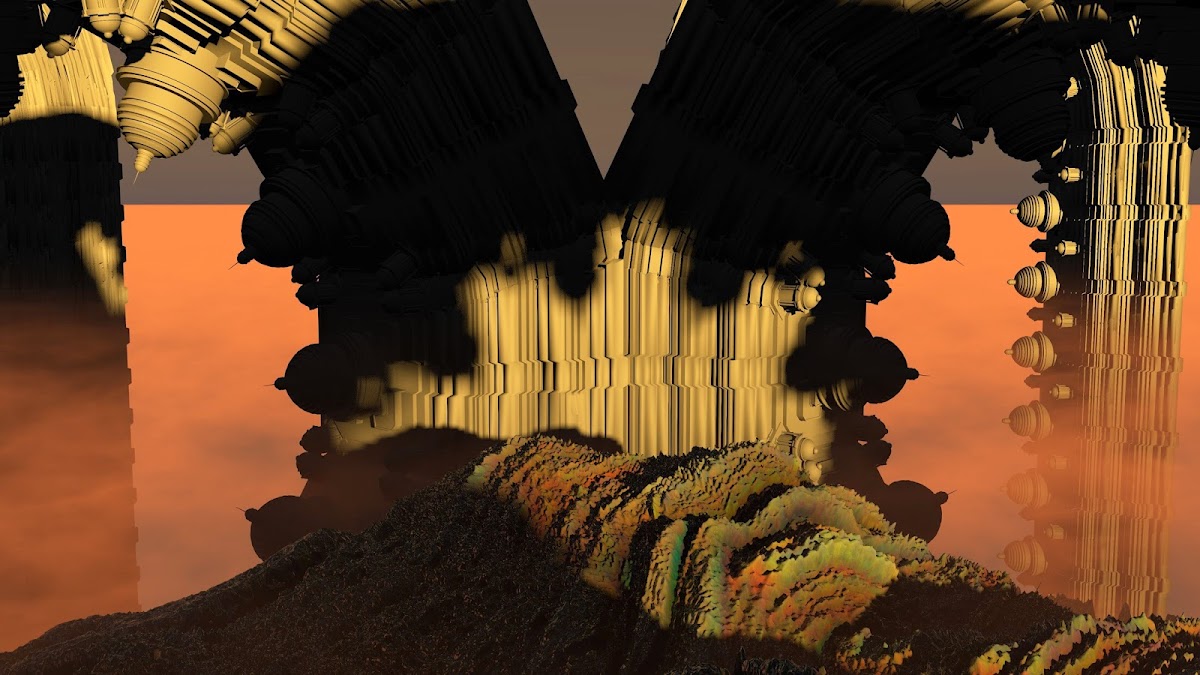
As teachers, the two grad students were also impressed to see how fully invested students became in all aspects of the course, from ideation to execution. “We have a unique culture at RISD,” says Melendez Vazquez. “Everyone starts working right away and really communicates with one another about the work.”
“You need to confront uncertainty in order to unravel creativity.”
As the course progressed, both teachers noticed the unique ways in which students “confronted uncertainty”—an essential component of creative practice in general. “You need to confront uncertainty,” Melendez Vazquez says, “in order to unravel creativity.”
For first-year student Soo Park 22 EFS, this unsettling but ultimately liberating philosophy inspired a series of projects—including a final 360-degree VR film—that speculated on the architecture of a cosmos frozen in time. “Once I determined my universe’s story and logic,” she says, “I was able to imagine and create smaller galaxies and planets with ease. It was like being a god for five weeks!”
—Robert Albanese
February 18, 2019
